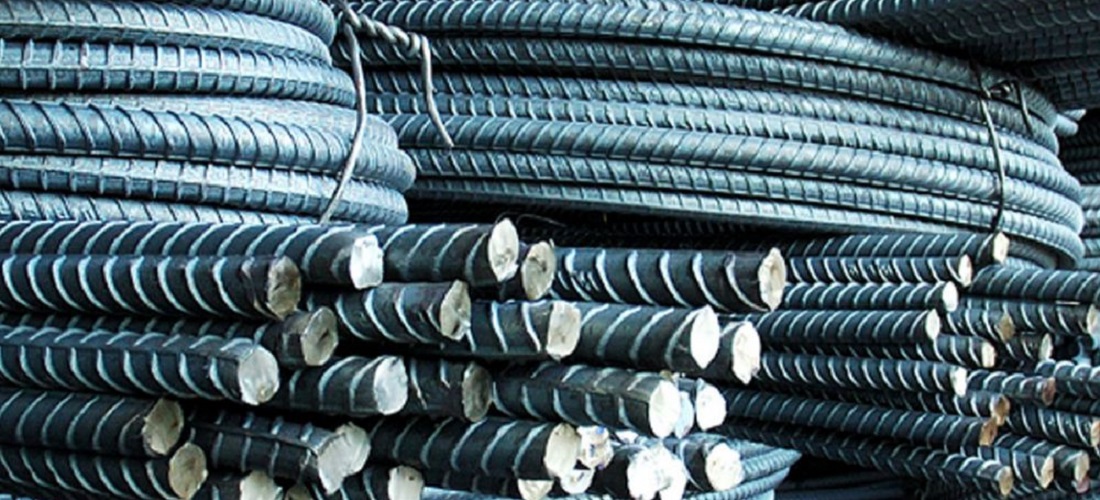
Foreign steel floods Brazilian market amidst weak consumption
Jun, 05, 2023 Posted by Gabriel MalheirosWeek 202323
Taking advantage of the low steel prices in the international market, which offer a significant premium compared to domestic products, and with the dollar trading at around BRL 5.00, foreign steel products have gained traction in the Brazilian market. This is happening despite weak apparent consumption of steel products, which is projected to see a slight decline this year.
Data released by the National Institute of Steel Distributors (Inda) referring to the January-April period reveals an 18.5% increase in the volume of imported flat steel compared to the same period in 2022, totaling 659.5 thousand tonnes.
In April specifically, this growth surged to 46.7%, reaching 161 thousand tonnes compared to the previous year, as stated in Inda’s monthly report. However, it’s important to note that these figures exclude semi-finished steel (plates), special steel, and metallic sheets used in packaging.
Carlos Loureiro, president of Inda, predicts that the amount of imported steel is expected to either remain the same or potentially exceed that of 2022. He notes that importers have not shown concern about fluctuations in the dollar exchange rate when placing orders overseas. However, the entry of foreign steel is not increasing further due to the weakness of the local market.
China accounts for 55% of the total volume of foreign steel entering Brazil, followed by Russia at 16%, Austria at 10.6% (with a focus on special thick plates used in the oil industry), and South Korea at 9%.
According to Instituto Aço Brasil, an association of steel manufacturers, sales of rolled steel products in the domestic market experienced an 11.2% drop in April. This decline includes a 7.1% decrease in flat products and a 16.3% decrease in long products. The average drop in total sales over the four-month period was 3.9% (-1.8% and 6.7% respectively).
The apparent steel consumption in the Brazilian market recorded a 2.7% decrease in flat steel and an 8.4% decrease in long steel in April. Over the four-month period, flat products saw a positive performance of 1%, while long steel experienced a negative growth of 3.6%. Long steel is commonly used in civil construction and infrastructure projects.
See below Brazil’s imports of flat-rolled iron and steel products (hs codes 7208-7212). The data is from DataLiner.
Flat-rolled steel products | Jan 2019 – Apr 2023 | TEU
Source: DataLiner (click here to request a demo)
Russia and China
The Inda indicator also highlights a significant increase in the importation of semi-finished slabs, including those from Usiminas and Cia. Siderúrgica Nacional (CSN). CSN reported in early May, during a meeting with analysts, that it had purchased a significant volume due to issues with a blast furnace and the melt shop earlier in the year. The company assured that normal operations would resume this month.
Usiminas accumulated inventories to supply its rolling mills at the Ipatinga plant in Minas Gerais while renovating its largest blast furnace. The equipment renovation, initiated in April, is expected to last until August.
Imports of slabs during the January to April period amounted to 192.1 thousand tons, originating from Russia (70.5%), China (24.4%), Germany (4.1%), and other countries. These imports occurred despite Brazil being one of the world’s largest slab producers, with companies like ArcelorMittal Tubarão, Ternium Brasil, and ArcelorMittal Pecém.
The aggressive pricing from Chinese and Russian producers, coupled with a less volatile dollar exchange rate during the period, and reduced logistical freight costs, played a significant role in this scenario.
Source: Valor Econômico
To read the original news report, visit: https://valor.globo.com/empresas/noticia/2023/06/04/apesar-da-demanda-fraca-importao-de-ao-avana-no-mercado-brasileiro.ghtml
-
Economy
Jun, 15, 2023
0
Paraguay: Exports grow 26.9% in May 2023
-
Ports and Terminals
Jun, 09, 2020
0
ANTAQ holds public hearing to lease solid vegetable bulk terminal at Maceió
-
Meat
Jul, 12, 2019
0
BRF and Marfrig merger hits a dead end
-
Ports and Terminals
Nov, 03, 2021
0
São Francisco do Sul performs unprecedented sugar shipment in the Southeast


